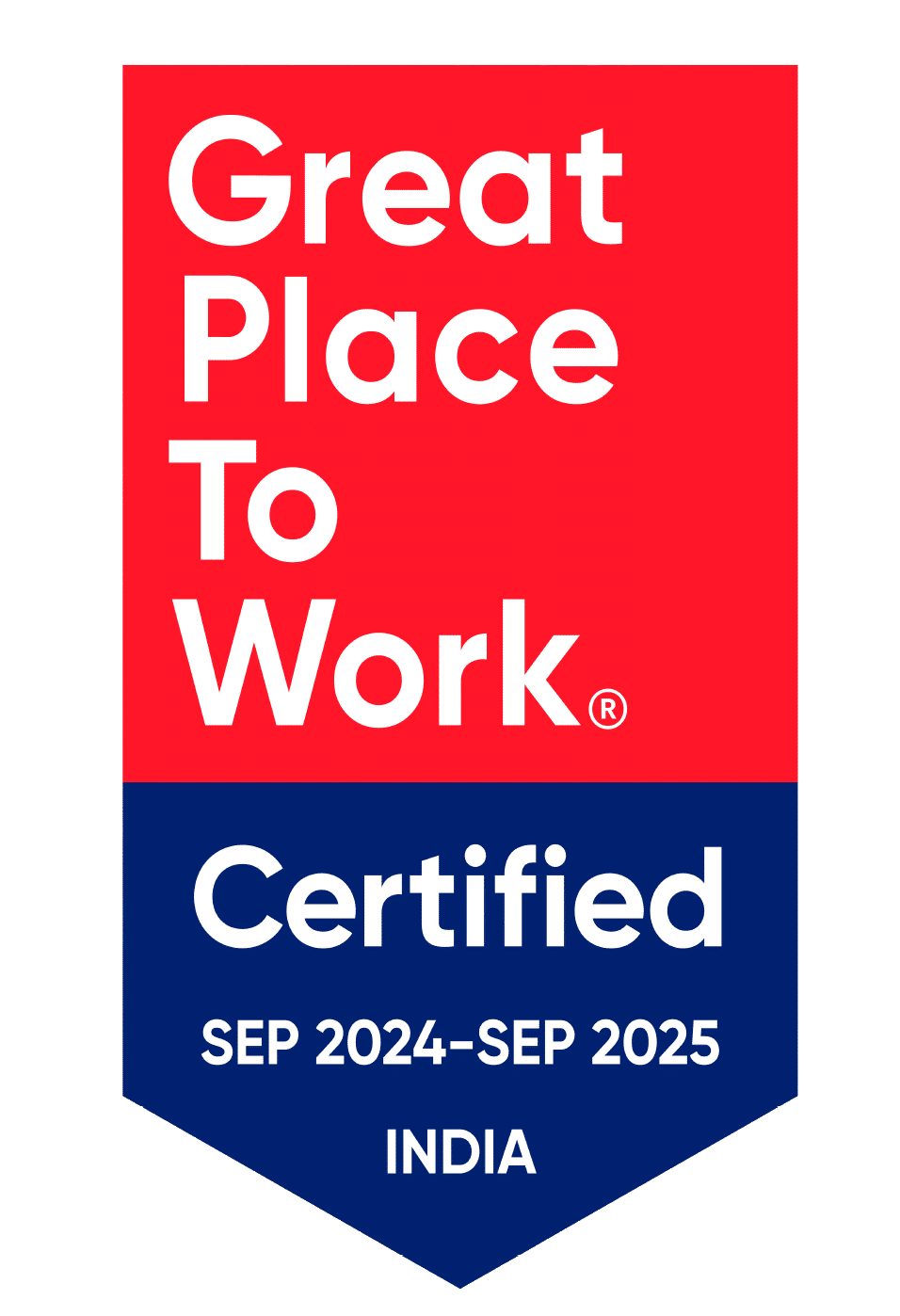10 Key Insights from an Effective Employee Onboarding Survey

Employee onboarding is a critical component in an employee’s journey within an organization. Getting it right can lead to long-term success, higher job satisfaction, and better retention rates.
A key part of this is collecting valuable feedback during the onboarding process, and an effective employee onboarding survey plays a significant role in shaping a successful onboarding program.
Why Employee Onboarding Surveys Matter
Employee onboarding surveys are an essential tool that organizations use to assess the effectiveness of their onboarding process.
These surveys help to gather feedback directly from employees who are undergoing the onboarding process, offering valuable insights into what works and what needs improvement.
Surveys can provide a clear picture of employee perceptions, potential gaps in the onboarding program, and areas where the organization can enhance the new hire experience.
Gathering data from these surveys is especially useful because it helps HR teams identify pain points early in the process.
An effective onboarding survey enables HR teams and managers to:
- Measure the effectiveness of their onboarding program.
- Identify areas of improvement to refine the process.
- Assess employee satisfaction and engagement during the initial stages.
- Understand employee expectations and align them with company culture and values.
Key Statistics on Employee Onboarding Survey
Effective employee onboarding survey is crucial for organizational success, influencing retention, productivity, and engagement.
Here are some key statistics highlighting the importance of a well-structured onboarding process:
- Retention Rates: Organizations with strong onboarding processes can improve new hire retention by up to 82%.
- Employee Engagement: 89% of employees report that an effective onboarding process significantly boosts their engagement at work.
- Productivity: Companies with standard onboarding processes experience a 50% increase in productivity.
- Onboarding Duration: Only 43% of employees report that they received an onboarding process that lasted longer than a day.
- Employee Satisfaction: Only 12% of employees strongly believe that their organization does a great job of onboarding new hires.
- Pre-Boarding Impact: A strong preboarding process can increase new hire retention by up to 82%.
- Decision-Making Timeline: 70% of new hires decide if a job is the right fit within the first month, and 29% know in the first week.
- Onboarding Clarity: 39% of employees find the onboarding process clear, while 32% find it confusing, and 22% find it disorganized.
10 Key Insights from an Effective Employee Onboarding Survey
After collecting data from your employee onboarding surveys, here are ten critical insights you should look for:
1. Pre-Boarding Preparation is Key
- Insight: New hires who feel prepared before their first day tend to be more confident and productive early on. If employees indicate they were unclear about their role before joining, consider enhancing pre-boarding communication.
- Action: Ensure that employees receive a comprehensive welcome packet with information about the company, their role, and expectations before their first day.
2. Clear Communication from Day One
- Insight: Lack of clear communication about job roles or company culture can leave employees confused or frustrated. Positive responses indicate that clear communication early on builds trust and engagement.
- Action: Be proactive in discussing job responsibilities, performance expectations, and company culture from the start.
3. Effective Orientation and Training
- Insight: Onboarding surveys often highlight the effectiveness of training programs. If employees feel that training was too brief or ineffective, it’s essential to reevaluate the structure of your programs.
- Action: Implement a structured training program with interactive elements that engage employees and enhance their learning experience.
4. Technology and Tools are Critical
- Insight: If employees struggle with accessing the necessary tools and technology during onboarding, it can delay their ability to get started. Feedback about technology can help identify bottlenecks in the setup process.
- Action: Prioritize seamless technology integration and provide clear instructions for setting up devices and systems.
5. Social Integration Leads to Better Retention
- Insight: New employees who feel socially integrated within the company are more likely to stay longer. Onboarding surveys can help assess how well employees connect with colleagues and teams.
- Action: Foster a welcoming culture by organizing team-building events or mentorship programs during the onboarding period.
6. Understanding of Company Values is Crucial
- Insight: If employees feel disconnected from company values, they may lack motivation or alignment with the organization’s mission. Ensuring that employees understand and align with your company culture is essential.
- Action: Reinforce the company’s values during the onboarding process and encourage new hires to participate in company activities that promote these values.
7. Timely Feedback and Open Communication
- Insight: When employees are encouraged to share feedback throughout the onboarding process, they feel valued and heard. However, if communication is one-sided, employees may feel disengaged.
- Action: Create an open feedback loop where employees can easily voice concerns and ensure that responses are prompt and addressed appropriately.
8. Clear Expectations Lead to Better Job Satisfaction
- Insight: Employees who have clear job expectations tend to report higher job satisfaction. If employees are unsure of their responsibilities, this can cause confusion and frustration.
- Action: Make sure that new hires understand their role and performance metrics from day one. Regular check-ins with their manager can help maintain alignment.
9. Optimizing Onboarding Duration
- Insight: Too short or too long an onboarding process can impact the effectiveness. Employees may feel rushed or overwhelmed if the process is not balanced.
- Action: Optimize the onboarding duration based on role complexity and the pace at which employees can absorb information.
10. Continuous Improvement
- Insight: One of the key insights is that employee feedback should be used for continuous improvement. Onboarding surveys provide an opportunity to adapt the process based on real-time responses.
- Action: Regularly update and refine the onboarding process to ensure it stays relevant and engaging for new hires.
Employee Onboarding Form: Structuring the Feedback
An employee onboarding form is typically more structured and can include both quantitative and qualitative feedback options. It can be formatted as a mix of multiple-choice questions, rating scales, and open-ended questions for detailed responses.
The key sections of an effective onboarding form might include:
- Demographic Information: This helps to categorize responses and analyse trends across different groups of employees, such as new hires from specific departments.
- Rating Scales: Use scales from 1 to 5 or 1 to 10 to measure satisfaction, effectiveness, and clarity. Rating scales provide measurable data that can easily be analysed and compared.
- Open-Ended Questions: Allow employees to elaborate on their thoughts with questions such as “What did you enjoy most about your onboarding experience?” or “What improvements would you suggest?”
- Actionable Feedback: Include prompts that encourage employees to give specific suggestions for improvements in the onboarding process.
Employee Onboarding Survey Questions: What to Ask?
A comprehensive employee onboarding survey includes questions that cover various aspects of the onboarding experience. Below are some example questions you can include in your survey:
1. Pre-Boarding Experience
- How well did you feel prepared before your first day of work?
- Did you receive adequate information about your role and responsibilities before your start date?
- How helpful was the communication from HR before your first day?
2. Orientation and Training
- How effective was the orientation program in helping you understand the company’s mission, values, and culture?
- Did the training materials provided to you meet your expectations?
- How easy was it to navigate the training process?
3. Clarity of Role and Expectations
- Did you have a clear understanding of your job responsibilities from the outset?
- Were your goals and objectives explained to you during the onboarding process?
- Were your immediate team members and managers available to help with your integration into the team?
4. Technology and Tools
- How easy was it to access the tools and technology required for your role?
- Did you encounter any technical issues while getting set up?
- Were the systems easy to use and intuitive?
5. Social Integration
- How welcoming were your colleagues and team members during your first few weeks?
- Did you feel supported in building relationships with your team?
- Were you introduced to key stakeholders and peers in the organization?
6. Company Culture and Values
- Did the onboarding process help you understand the company culture and values?
- How well do you feel the organization’s values align with your personal values?
- Were you given the opportunity to provide feedback about your onboarding experience?
7. Feedback and Communication
- How easy was it to communicate with your manager or supervisor during your first few weeks?
- Were you encouraged to share feedback about the onboarding process?
- Did you feel your concerns were addressed in a timely manner?
8. Job Satisfaction
- After completing the onboarding process, how satisfied are you with your job so far?
- Do you feel confident in your ability to succeed in your role?
- Were your expectations of the job met so far?
9. Onboarding Length
- Was the length of the onboarding process appropriate for your role?
- Did you feel rushed during the onboarding process, or did you have enough time to understand your new role?
- How would you improve the duration of the onboarding process?
10. Overall Experience
- Overall, how would you rate your onboarding experience?
- What was the most positive aspect of your onboarding experience?
- What areas of the onboarding process would you suggest improving?
- Would you recommend this company to a friend based on your onboarding experience?
Conclusion
An effective employee onboarding survey helps create a strong foundation for new hires, enhancing engagement, job satisfaction, and overall success within the company. Using an employee onboarding portal, you can streamline the process, ensuring a smooth transition for employees while gathering valuable feedback
Remember, the goal of an employee onboarding form is not just to collect data, but to turn that data into actionable insights that make a real difference. By listening to your employees and adapting the onboarding experience to their feedback, you can create a positive, welcoming environment that fosters long-term employee success.
Frequently Asked Questions
1. What is an Employee Onboarding Survey, and why is it important?
An Employee Onboarding Survey is a structured questionnaire designed to collect feedback from new hires about their onboarding experience. It helps organizations identify strengths and areas for improvement in their onboarding process, leading to higher job satisfaction, better engagement, and improved retention.
2. What are the key Employee Onboarding Survey Questions to ask new hires?
Key Employee Onboarding Survey Questions should cover areas like pre-boarding experience, clarity of job roles, effectiveness of training, access to tools and resources, and overall satisfaction. Examples include:
- How well did the onboarding process prepare you for your role?
- Were your job responsibilities clearly explained?
- How satisfied are you with the training provided?
3. How do Employee Onboarding Forms help improve the onboarding process?
Employee Onboarding Forms streamline the collection of new hire information and feedback. They ensure a smooth onboarding experience by helping HR teams track progress, automate administrative tasks, and gather data-driven insights to refine the onboarding process.
4. What are the benefits of using an Employee Onboarding Survey?
Using an Employee Onboarding Survey provides multiple benefits, such as:
- Identifying onboarding gaps and areas for improvement.
- Enhancing new hire experience and engagement.
- Reducing turnover by addressing concerns early.
- Improving communication and alignment with company culture.
5. How can companies ensure Employee Onboarding Forms capture valuable feedback?
To ensure Employee Onboarding Forms gather meaningful insights, companies should include a mix of rating scales, multiple-choice questions, and open-ended questions. Regularly reviewing and updating these forms based on survey feedback helps optimize the onboarding process.













_Rapo0hRMBy.png)










